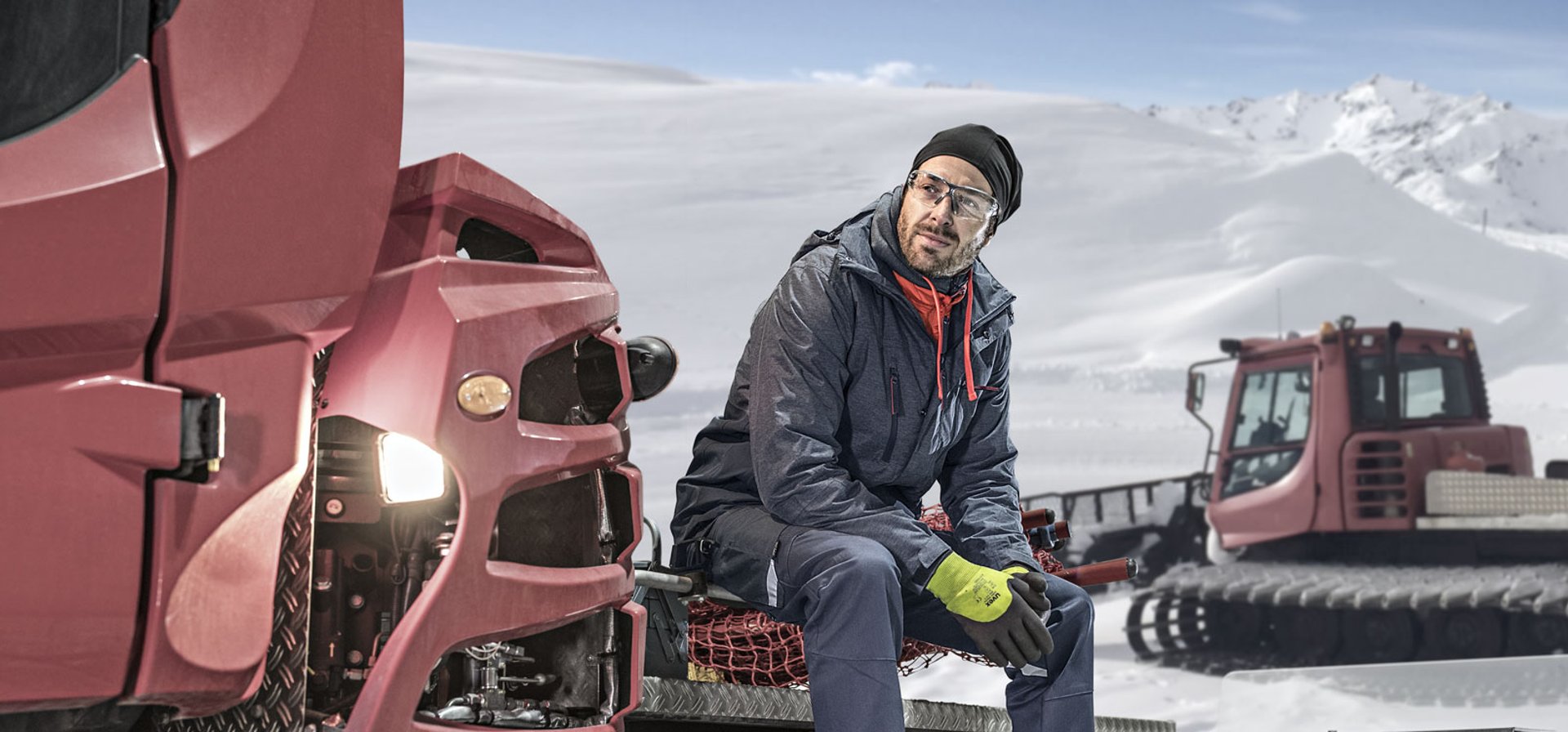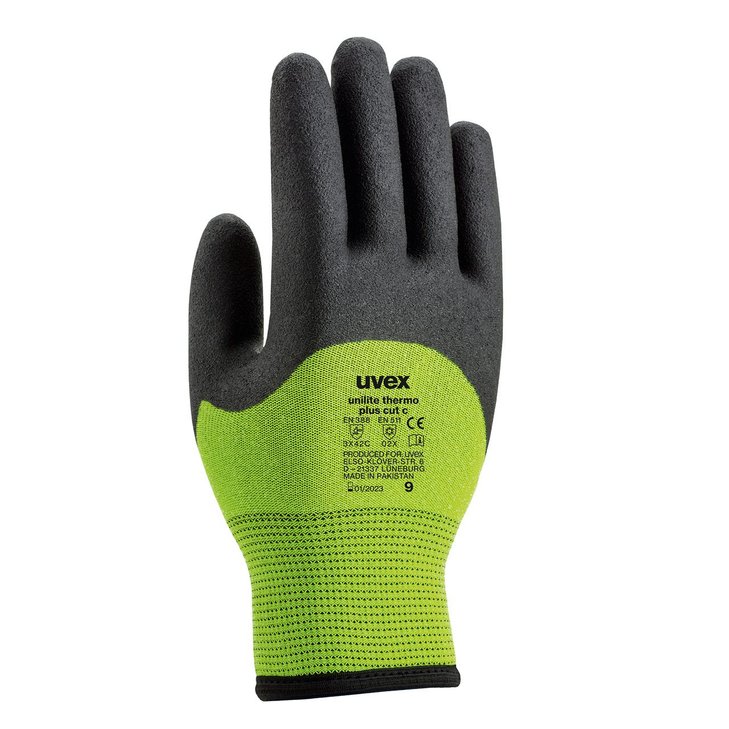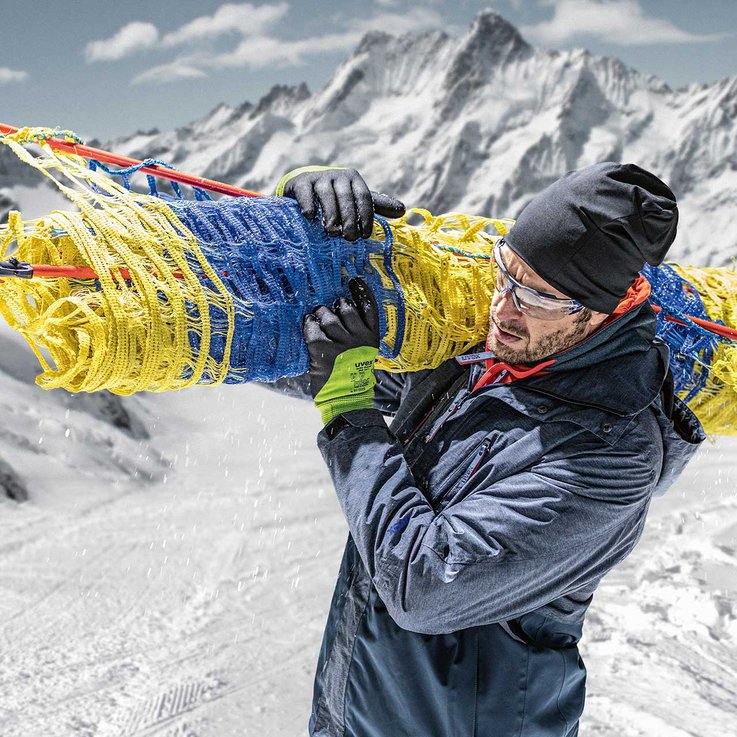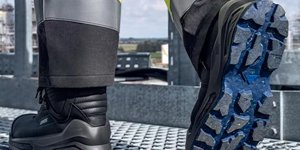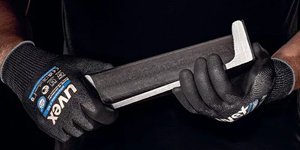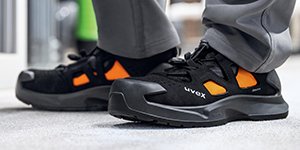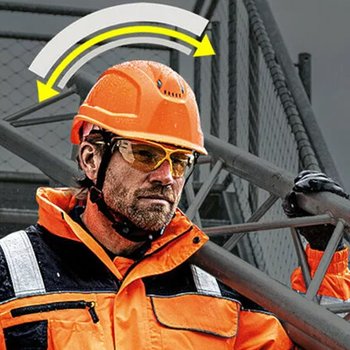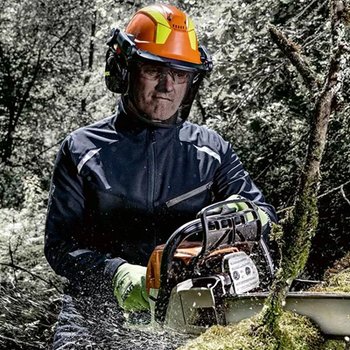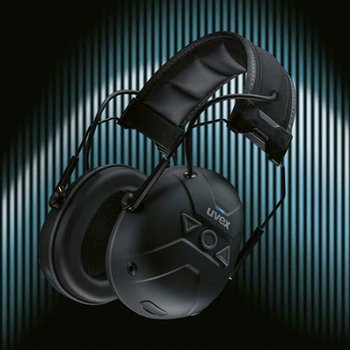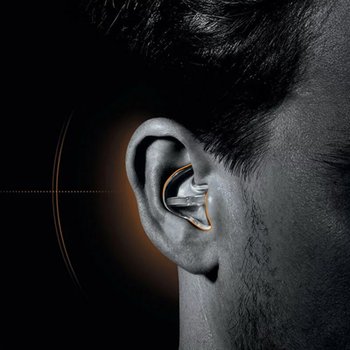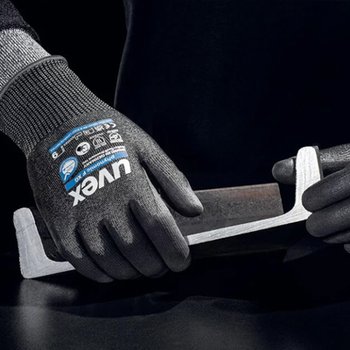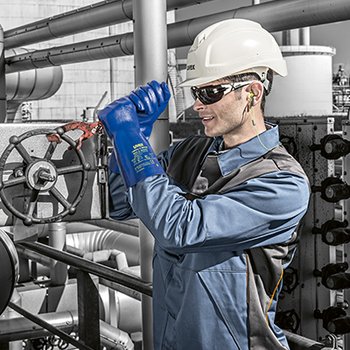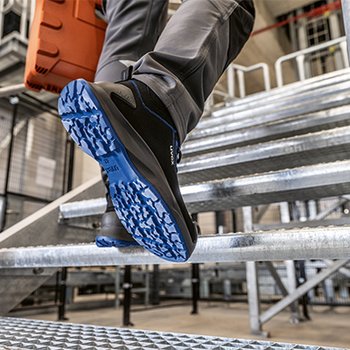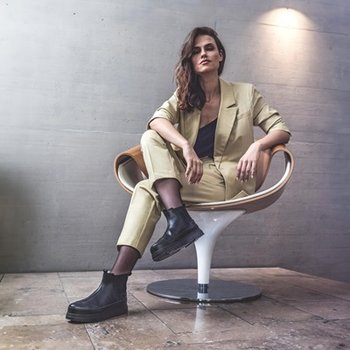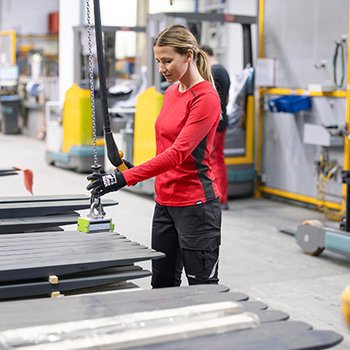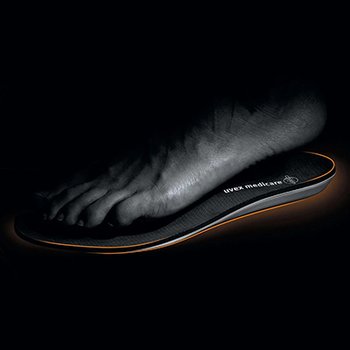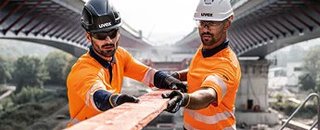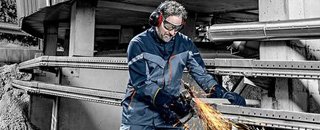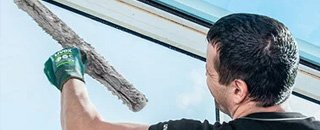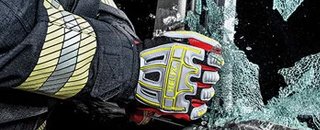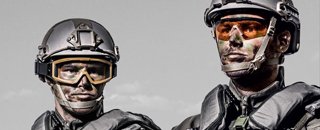Increased risk of accidents in winter
Statistics from the German Social Accident Insurance Association (DGUV) regarding accidents at work and while commuting clearly show that winter is dangerous! According to the DGUV, in the first and fourth quarters of 2016 taken together, for example, there were around 20,300 reportable accidents while commuting involving slips or trips with falls – whereas there were just 8,800 in the second and third quarters. Sounds obvious and logical? Perhaps. But a glance at construction sites across the country goes to show that by no means does everyone adapt to these changes in the hazard situation. It is very easy to minimise the risk of so-called STF accidents (slips, trips, falls) with the appropriate PPE.


Regulations and standards for wind and weather
A range of standards for personal protective equipment exist with regard to the theme of wind and weather. For example, DIN EN 343 describes workwear for protection from rain – but only at temperatures of over –5° Celsius. If this weather protection no longer proves sufficient on account of even lower temperatures, protection against cold is required in accordance with DIN EN 342. The German regulations for occupational insurance schemes (BGR) set out equivalent guidelines in the Workplace Ordinance and its annex “Additional requirements for specific workplaces”
Eye protection in winter conditions
When it comes to “PPE for winter”, lined boots and gloves and even long underwear spring to mind fairly quickly, whereas the topic of eye protection tends to get left behind. Protective eyewear suitable for the weather conditions is absolutely essential. Adequate anti-fog protection is particularly important when you regularly move from indoors to outdoors while you are working – but also during strenuous activities, for example. The combination of snow and sun poses significant health risks for your eyes, too. Appropriate tinting is essential in these conditions!

